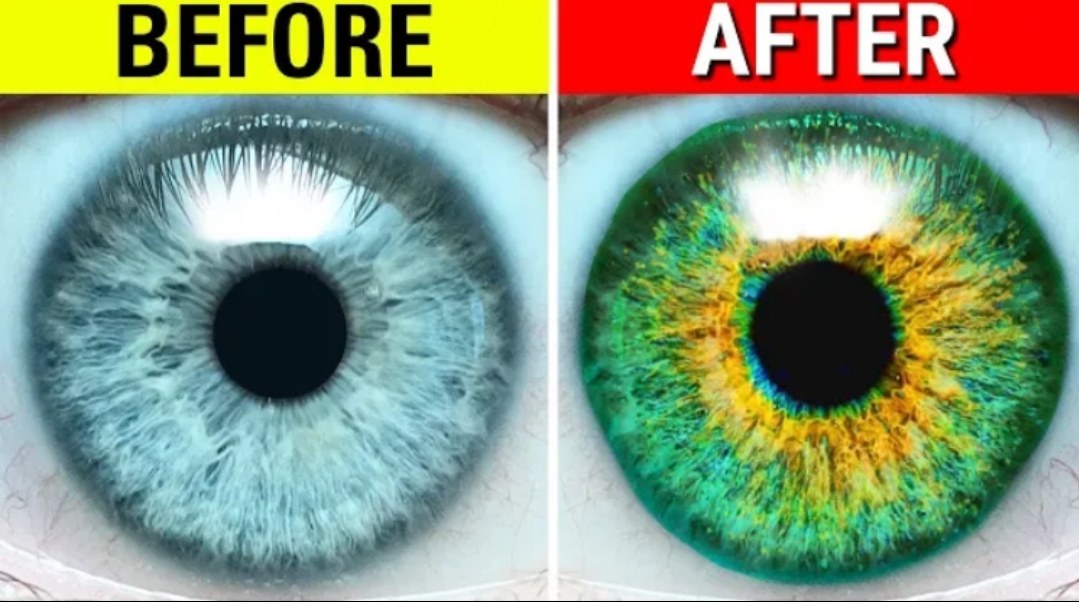Can Eye Color Be Changed Permanently? Exploring New Eye Color Changing Drops and Balms
Welcome to I School with Dr. D, where my mission is to equip you with the knowledge necessary to manage your eye health and achieve the best vision possible. If you find this video helpful, please consider subscribing and giving it a thumbs up, as your support helps others discover valuable content about eye health.
The desire to change eye color is common among many of my patients. While colored contact lenses are a safe and effective way to achieve this temporarily, many people wonder if there is a permanent solution. Today, we will explore new products on the market—eye color changing drops and balms—and address the pressing questions: Do they work, and are they safe?
Current Options for Changing Eye Color
There are several methods available for those interested in changing their eye color:
Colored Contact Lenses: These are the most common and safe method for altering eye color temporarily. As a doctor-approved option, colored contacts offer a wide variety of colors and styles to suit different preferences. I frequently prescribe brands like Air Optics Aqua Colors and Daily Colors, which are known for their comfort and natural appearance. However, it's crucial to purchase these lenses through reputable sources to ensure quality and safety.
Iris Implant Surgery: This is a surgical procedure that involves implanting a synthetic iris to change the color of the eyes permanently. While this option exists, it is invasive and comes with significant risks, including vision impairment and complications such as cataracts and glaucoma. Due to these risks, it is generally not recommended solely for cosmetic purposes. I plan to cover this topic in more detail in a future video.
Eye Color Changing Drops and Balms: Recently, several companies have begun marketing drops and balms that claim to change eye color permanently or semi-permanently. Products like Wonder Drops, Eye Color Balm, Crystal Drops, Light Eyes, and Iris Alum have gained attention, but their effectiveness and safety remain questionable.
Investigating Eye Color Changing Drops
Marketing and Availability
During my research, I discovered that many of these eye color changing products have poor reviews and often come from sellers with inconsistent availability. Many of these sellers appear to operate intermittently, with products frequently being removed from platforms like Amazon. Customer reviews often highlight issues such as expired products and ineffective results, raising significant red flags about these products' reliability.
Ingredient Concerns
One major concern with these products is the lack of transparency about their ingredients. In some cases, the active ingredient used is N-Acetylglucosamine, a skin lightener. While this compound is used in some skincare products, its safety and efficacy for altering eye color have not been adequately studied. The fact that these products are marketed as cosmetics allows them to bypass the rigorous FDA approval process required for prescription eye drops, which involves multiple phases of clinical trials to ensure safety and efficacy.
Misleading Advertising
Many of these products feature misleading marketing tactics, such as images of doctors in white coats on their websites. This imagery can falsely suggest that the products are medically approved or endorsed by healthcare professionals, which is not the case. Additionally, the websites for these products often contain numerous grammatical errors and lack clear information about the product's research or approval status, further undermining their credibility.
Safety Risks
The potential risks associated with these drops are a significant concern. These products claim to work by altering the melanin in the iris, but this raises questions about their impact on the rest of the eye. If these drops penetrate deeper into the eye, they could affect the retina, where pigmentation is crucial for visual acuity. Conditions like albinism, where there is a lack of pigmentation, demonstrate the importance of proper pigment levels for eye health. Furthermore, as a specialist in dry eye treatment, I am concerned about how these products might affect the ocular surface, potentially exacerbating conditions like dry eye, causing hypersensitivity reactions, and leading to allergies.
Customer Feedback and Research
An analysis of customer reviews on platforms like Amazon reveals overwhelmingly negative feedback. Many users report receiving expired products, experiencing no change in eye color, and feeling that the products are scams. Importantly, there are no peer-reviewed studies supporting the claims made by these eye color changing drops. While some manufacturers claim FDA approval, my extensive searches have not yielded any official documentation to verify these claims.
Conclusion
In conclusion, I cannot endorse the use of these eye color changing drops due to the lack of reliable safety data and the potential risks involved. For those interested in changing their eye color, I strongly recommend using colored contact lenses under the guidance of a qualified eye care professional. This approach ensures that your eye health is not compromised, and you can achieve the desired aesthetic effect safely.



Comments
Post a Comment